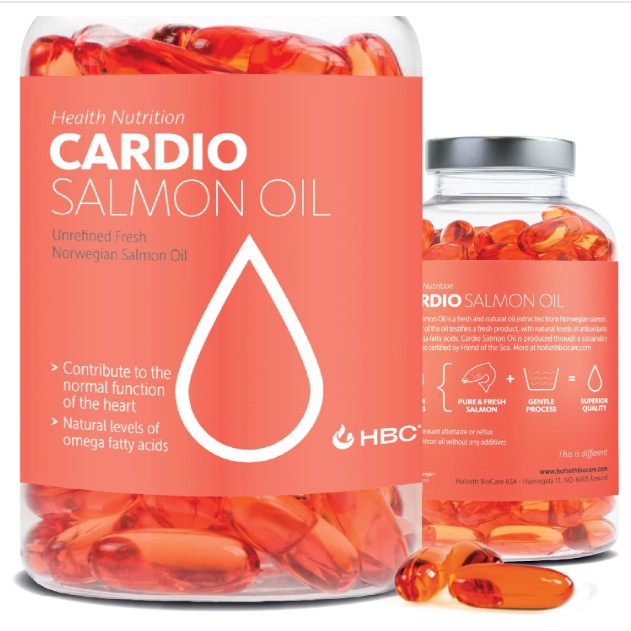Angina Pectoris, often termed as angina, is a type of chest pain caused by reduced blood flow to the heart. It is not a disease but rather a symptom of an underlying heart condition, usually coronary artery disease (CAD). Angina is relatively common but can be hard to distinguish from other types of chest pain, such as the discomfort of indigestion. This article aims to provide an understanding of angina pectoris, its causes, symptoms, and available treatment options.
Angina pectoris occurs when one or more of the coronary arteries become narrowed or blocked. This is commonly due to atherosclerosis, a process in which plaque builds up on the walls of the arteries. These plaques can limit blood flow to the heart muscle by physically clogging the artery or by causing abnormal artery tone and function.
The symptoms associated with angina pectoris primarily include chest discomfort and shortness of breath. The discomfort is often described as pressure or squeezing in your chest; it can also occur in your shoulders, arms, neck, jaw, or back. It may even feel like indigestion. Additionally, people might experience dizziness, fatigue, nausea and increased heartbeat.
The severity, duration and type of angina can vary. It’s important to know that not all chest pain or discomfort is angina. A new or different symptom may signal a more dangerous form of angina (unstable angina) or even a heart attack.
There are several treatment options for Angina Pectoris depending upon its severity and cause. The primary goal in treating angina is to reduce pain symptoms and reduce the risk of heart attack.
Medications are most commonly used in treating angina symptoms. These include nitrates that help widen your blood vessels allowing more blood flow to your heart muscle; beta blockers which slow down your heart rate and lower your blood pressure; statins that help control your blood cholesterol levels; and calcium channel blockers that relax and widen blood vessels.
In some cases, more aggressive treatment may be needed such as angioplasty and stent placement. This procedure involves inserting a catheter with a small balloon at the tip into a blocked artery. The balloon is inflated to widen the artery, and then a small wire mesh coil (stent) is usually left in the artery to keep it open.
Coronary bypass surgery may also be an option. This involves taking a blood vessel from another part of your body — usually your chest, leg or arm — and using it to reroute blood around the clogged artery.
Lifestyle changes are also essential in managing angina. Regular exercise, maintaining a healthy weight, quitting smoking, controlling other health conditions like diabetes or high blood pressure, eating a heart-healthy diet rich in fruits, vegetables and whole grains can all help manage angina.
It’s important to consult with your healthcare provider if you experience symptoms of angina pectoris. Early diagnosis and appropriate treatment can significantly improve quality of life and outcomes.



